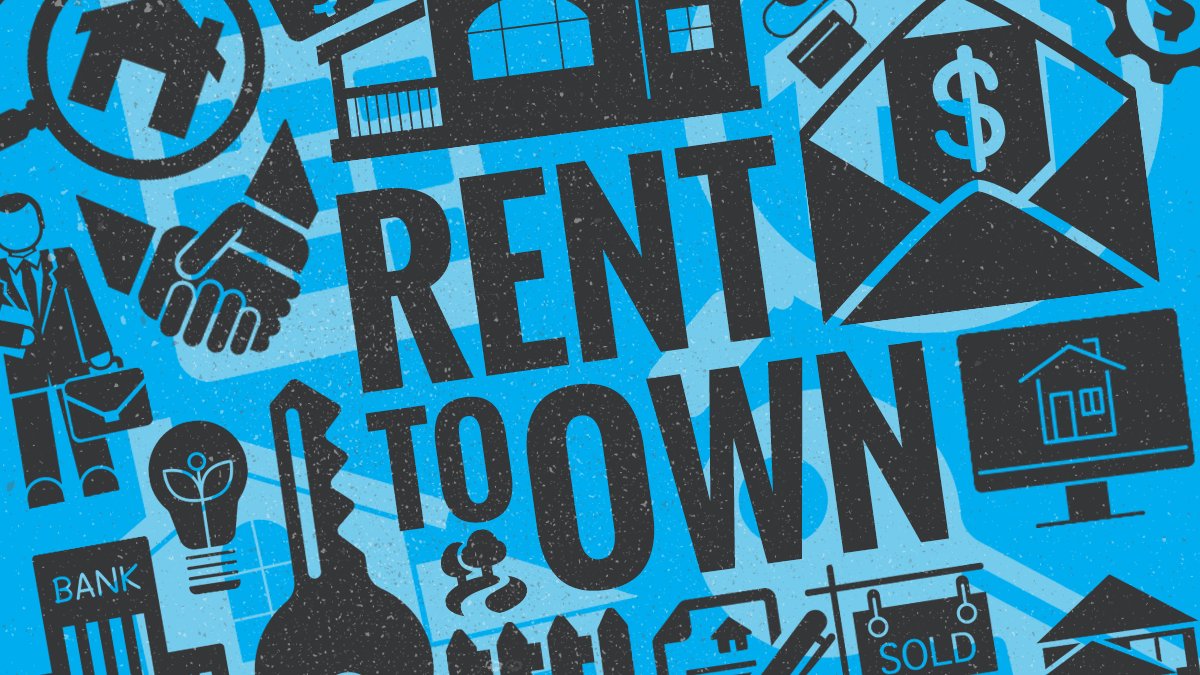Renting-to-own can be a useful alternative for homebuyers who have found a property they’d like to purchase, but aren’t quite ready to do so. The reason may be that they don’t yet have enough money for the down payment, or they need time to raise their credit scores to qualify for a mortgage. Renting to own gives these buyers time to save and work on improving their credit scores. Here’s how a rent-to-own deal works and some things to watch out for.
Two Types of Rent-to-Own Agreements. A rent-to-own agreement commits you to leasing a home for a period of time, with the possibility of buying it when the lease runs out. There are two kinds of agreements. A lease-option contract gives you the option to buy the property when the lease ends; a lease-purchase contract requires you to buy it. Be careful with lease-purchase contracts—they could legally obligate you to buy the home at the end of the contract, whether or not you can afford it.
Key Parts of a Rent-to-Own Agreement. There’s an upfront, typically nonrefundable, fee, called the option fee, option money, or option consideration. You pay this to the seller to give you the option to buy the home by a future date. There is no standard option fee, and it’s often negotiable, typically 1% to 5% of the purchase price.
Sale Price Determination. Rent-to-own agreements specify when and how the home’s future sale price is determined. You and the seller could agree on a purchase price now, or agree to pay the property’s then-current market value when the lease expires. Of course, buyers prefer to “lock in” the sale price when home prices are trending up.
Payments That Will be Applied to the Principal. The agreement will specify whether a portion of each monthly rent payment will be applied to the eventual sale price. If it is, the rent may be slightly higher than the going rate for the area, to make up for the credit to the sale you’re receiving. Sometimes, all or part of the option fee may also be applied to the eventual purchase price.
Maintenance Responsibilities. The rent-to-own contract will specify who is responsible for maintaining the property and paying for repairs. This is typically the owner’s responsibility, but check the agreement carefully. Sellers should pay for any homeowner association fees, taxes, and insurance—they still own the house. But you’ll usually pay for utilities. Make sure all maintenance and repair responsibilities are spelled out in the contract. You will need renter’s insurance to cover your personal property and provide liability coverage if someone is injured in the home.
Proceed As If You’re Buying the Home Now. Research the area, compare prices with other homes nearby that have recently sold. Research the seller’s history and have your attorney check that the title is clear. In addition, have the home inspected, get an appraisal, and make sure that property taxes are up-to-date. Most importantly, with both lease-purchase and lease-option rent-to-own contracts, consult with a qualified real estate attorney before signing anything.
Thinking of selling or buying a home? Please text, call, or email to learn about your best options today!







